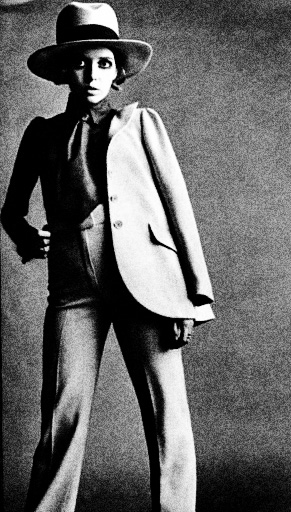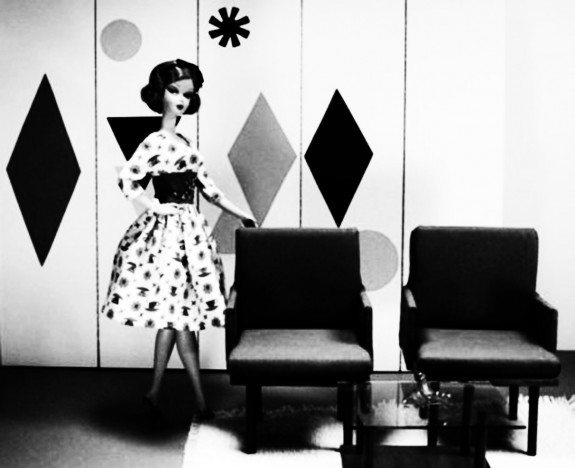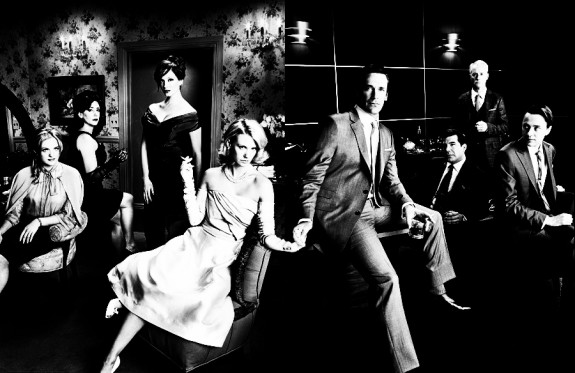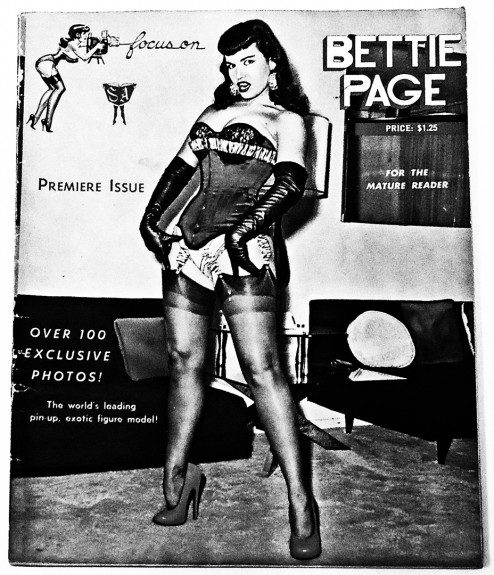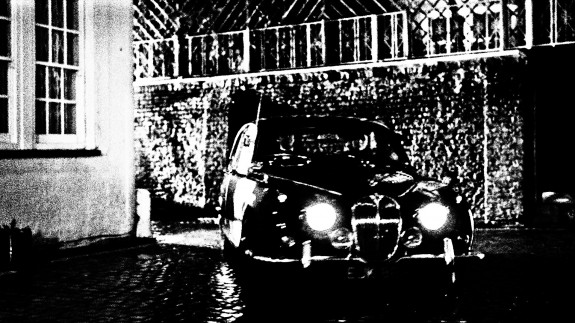Trails and Influences
-
The Medway Scene and youth culture in the caff rather than at the club…
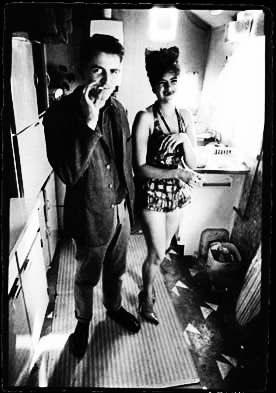 Although there’s a link (or two) to the likes of the Medway Scene, Billy Childish’s work and interconnected British beat style garage punk – includingmore than a nod or two to the past but often reimagined, sometimes shared musicians – but it is also a very different kettle of fish to the noir-ish glamour of my own work and many of the cultural reference point that can be found around these parts.
Although there’s a link (or two) to the likes of the Medway Scene, Billy Childish’s work and interconnected British beat style garage punk – includingmore than a nod or two to the past but often reimagined, sometimes shared musicians – but it is also a very different kettle of fish to the noir-ish glamour of my own work and many of the cultural reference point that can be found around these parts.Having said which, there is still a glamour to some of the accompanying imagery but more in a post-war utilitarian shortages and proper short back and sides haircut manner than say the Soho via way of the hidden alleys, burlesques and juke joints of Vegas glamour of much of what can be found around these parts…
Talking of which (and indeed reimagining of other eras and dolly birds) this is probably one of my favourite photographs from what has come to be known as the Medway Scene.
 It’s a photograph that was used on the cover of Billy Childish’s book Poems Of Laughter And Violence and was taken by Eugene Doyen, whose images from the time seemed to very much capture the heading towards but not quite mod, actually much more kitchen sink-esque aesthetic of that time, work and place.
It’s a photograph that was used on the cover of Billy Childish’s book Poems Of Laughter And Violence and was taken by Eugene Doyen, whose images from the time seemed to very much capture the heading towards but not quite mod, actually much more kitchen sink-esque aesthetic of that time, work and place.The photograph seems to capture a playful, cheeky youthfulness but one that seems to belong more to a time prior the advent of mass youth culture, that’s borrowed – or inherited – and is proud of it’s grandad’s clothes (and has maybe also raided the wardrobe of older female family members but way back in the day).
This was youth culture that would be more likely to be found sipping a cup of tea in a local caff than swilling cocktails down the latest club.
You can see/read a bit more about Eugene Doyen’s photographs from the time (1982-1986) here and see some of his work from that period and later adorning the covers of some of those earlier mentioned beat style garage punk gents and gals here.
continue reading -
Biba and worlds unto themselves
Now, as you may well gather, around these parts I have something of a soft-spot variously for a touch of noir-ish aesthetics and a certain kind of 1970s grit (intermingled with a dash of 1970s glamour in various forms) and a reimagining of the past in the creation of worlds unto themselves (a Soho of the mind, as it were).
In this post are some of my favourite photographs from the somewhat famous 1960s/1970s fashion label and boutique Biba’s mailorder catalogues.
They seem to perfectly capture the late 1960s/early-ish 1970s interest in 1920s/1930s fashion, art deco and the like while intermingling that with fashion styling by the way of China Town, all reimagined and recreated via accessible avant-garde fashion as part of the Biba aesthetics and world – a world created unto itself if ever there was one.
Below are the photographs in their natural home – a spread from one of the Biba catalogues.
PS If you should be curious the photographs are of Stephanie Farrow by Hans Feurer. See more of such things over at Sweet Janes Pop Boutique or indeed in a wider sense at Ms Peel’s Trouser Wear.
continue reading -
Further populuxe modernism from under the radar…
 A few years back when I was busy being particularly intrigued and drawn in by the aesthetics, stories and world of Mad Men, I came across a whole other imagined world…
A few years back when I was busy being particularly intrigued and drawn in by the aesthetics, stories and world of Mad Men, I came across a whole other imagined world…Mad Men may well have been a form of mod/modernism for grown-ups – this was a world of childhood toys for grown-ups.
Essentially, a whole mini-cultural genre of sharply styled, populuxe-esque Barbie dolls and home made (but far from home made looking) accessories.
I don’t know if this was before, after or a similar time to when I was discovering David Levinthal’s diorama and Barbie based work but it put me in mind of such things but arriving from a more homespun, less fine art base.
One of my early discoveries was the “official” side of such things – the Joan Harris of Mad Men Barbie doll released by Mattel (and hence an overt connection otherly than purely aesthetic ones to the series) that can be seen at the top of this post but soon wandered into this world of handcrafted objects that summoned forth a Mad Man-esque world and its ambience.
Lovely stuff. Much of the furniture, fixtures and fittings that populate this place and the accompanying outfits are often one of a kind (or ooak in modern abbreviated searching and seeking parlance). Even many of the dolls have been modified from the “official” releases.
The image below of such work intrigues me. It’s part of the same series but in its style seems to harbinger the later series of Mad Men, when the sharp 1960s styling began to meet looser late 1960s/early 1970s style.
Stylistically Mad Men ended at a liminal point – there had not yet been a transition from one era to another’s style.
It is something that I would have been interested to see how that aspect would have developed if the series had continued through the years.
There could be seen to be a connection between the affluence and opulence of populuxe styling and that of say affluent 1970s glamour but the former is intrinsically connected to a corseted (uptight?), ideal nuclear family, genre division of home and work roles way of being or philosophy while the latter is founded more in a sense of decadence, (over?) indulgence and the like – the perfect housewife becomes the perfect playmate.
continue reading -
Mad Men – grown up modernism from over the seas
 This was quality television. One of the times when escapist, mainstream television was shown as not needing to be mediocre (or lower).
This was quality television. One of the times when escapist, mainstream television was shown as not needing to be mediocre (or lower).One of the big draws for me was the ambience of the world that it created and projected – that populuxe, sharp very late 1950s/1960s American styling, which was a kind of grown-up Mod thing but from over the other side of the sea.
(A form of mod with a few more sheckels in it’s pocket of course – more than for a tailor made suit or two and a cup of that new fangled Italian style coffee down Soho way.)
It was that ambience and its richness, the lushness, a vintage recreation/reimagining without grit or grain – Erwin Olaf’s Grief, Hope, Rain series of photographs brought to smoothly flickering, storytelling life – that stayed with me after the series.
In honour of those aesthetics, here I gather a few of my favourite promotional related images that to my mind and eye seemed to summon up that world particularly well.
And why not a touch of Roger Sterling channelling Harry Palmer?
As a postscript: Mainstream. Hmmm. It’s interesting how these things work. Mad Men conquered the world while Magic City, which shared some not dissimilar aesthetics was seen by relatively but a few. Visit tales of Magic City around these parts here.
continue reading -
The Flipside, West End Jungle, interrelated film cycles and cultural rehabilitation
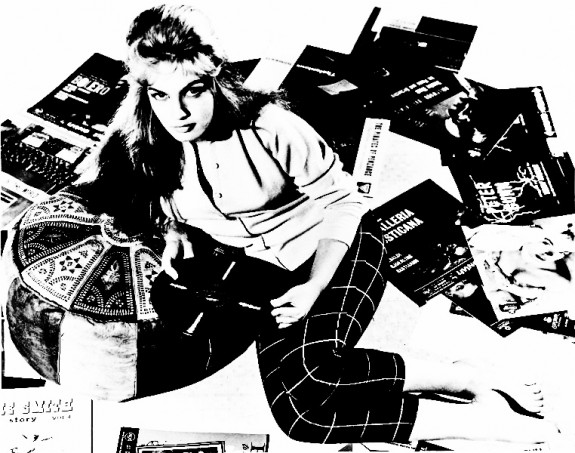
I wa recently been nattering about a loose cycle of just pre-Swinging London Soho shennanigan films and The World Ten Times Over.In an interconnected manner, during that film, in a meta fictional/blurring of the boundaries between fiction and faction manner, is a scene where a poster for the then banned documentary West End Jungle can be seen.

West End Jungle purports to be an overview of the worlds, culture and lives that the above cycle of films inhabit but was in fact an exploitational staging of such things. It is part of a loose film cycle largely by director/producer Arnold Miller that would lead to future salacious sometimes partly-non-documentaries such as London In The Raw and Primitive London, both of which have been rescued / rehabilitated and gained an air of academic respectability by their relatively recently release, brush and scrub up by the BFI.
It is part of a loose film cycle largely by director/producer Arnold Miller that would lead to future salacious sometimes partly-non-documentaries such as London In The Raw and Primitive London, both of which have been rescued / rehabilitated and gained an air of academic respectability by their relatively recently release, brush and scrub up by the BFI.This rescue and rehibilitation is something that as I type is a process that is also being undergone by the Soho shennanigan film cycle titles Expresso Bongo and Beat Girl, as part of the BFI’s Flipside film release on DVD/Bluray and latterly internet label.
The Flipside is described by the BFI as:
“BFI Flipside is dedicated to rediscovering cult British films, reclaiming a space for forgotten British films and filmmakers who would otherwise be in danger of disappearing from our screens forever.”
When it was first inaugurated London In The Raw and Primitive London were two of their first releases and it felt like the label had been set up just for me; a sort of classy trawling of the underbelly and neglected undercurrents of film.
 The films that have been released are often more cultural curios than those that could be considered cinematic classics but none the less worthwhile for that.
The films that have been released are often more cultural curios than those that could be considered cinematic classics but none the less worthwhile for that.If you were to imagine a very selectively done Something Weird Video with institutional status, public funding, a tendency to wander towards an almost Derek Jarman-esque/arthouse take on what constitutes mondo film, a touch more prudish or possibly jurisprudent take on such things than say Something Weird, high end reproduction and releasing, well you could well be heading in the right direction.
Peruse the Flipside releases here. Possibly discover related events that leave you slightly frustrated at not being able to go to them/having missed them here.
PS Is it just me or does the publicity photograph of Gillian Hills from Beat Girl above seem like something of a predecessor to Mr Vince Ray’s Death Of The Teenage Death Song work?
continue reading -
Angel Heart’s convolutions and casting back…
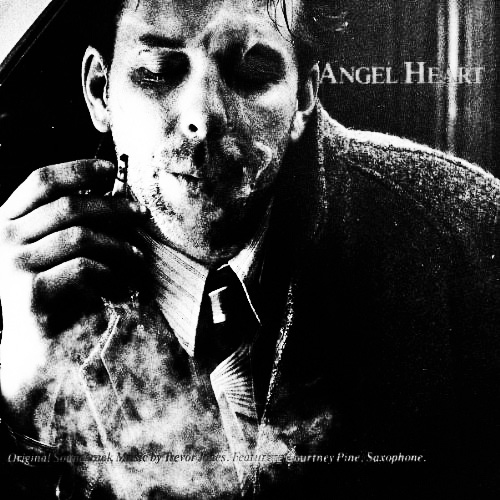 Sometimes I cast the old mind backwards and wander where all this interest in and being drawn to an Afterhours-esque take on the world comes from?
Sometimes I cast the old mind backwards and wander where all this interest in and being drawn to an Afterhours-esque take on the world comes from?Whence wandered an interest in a re-imagining of times gone by, noir-ish shennanigans, far-too-late-night-bar suave but weary adventures and the like?
I have a suspicion that the 1987 film Angel Heart may have a touch to do with it.
Although it’s now a fair few years since I’ve seen it if I think of the film, well, I tend to think of a crumpled but suave, good liking hero (I use the word loosely there), a certain kind of smokey, textural, noirish textures and atmosphere, an almost palpable sense of the character, sweat, soul and atmosphere of the South, a haunting jazz soundtrack, convoluted hidden stories.
This was probably one of the first times that I’d come across such a heady mix and it seems to have stayed with me over the years.
There are a couple of classic/more well known posters/video covers that have accompanied Angel Heart over the years in the west but (as I’ve mentioned around these parts before) I have something of a soft-spot for the designs, posters etc that accompany films over the years and in different places.
I’d accompany that particular soft-spot for one with obscure and/or semi-forgotten forms of media, so with that in mind, above is one of the laserdisc covers which has intrigued me – it takes Angel Heart much more overtly into horror or demonic territory – more overtly black-ridden tales than it’s Southern, noirish aesthetic side.
continue reading -
Bettie Page and transgressive reverberations
This photograph/image of Bettie Page for a long time was something of a favourite. It’s Ms Page at her finest, feisty attitude-ness.
Back a fair few years before vintage and retro were mainstream cultural reference points and when the zeros and ones easy access of the internet was still in its infancy, I bought a photographic grade reproduction of the cover from a, well, vintage clothing stall.
For a long time I didn’t know any more about it other than the image itself – what the magazine was etc and due to the relative scarcity of cultural distribution at the time, that’s the way it stayed.
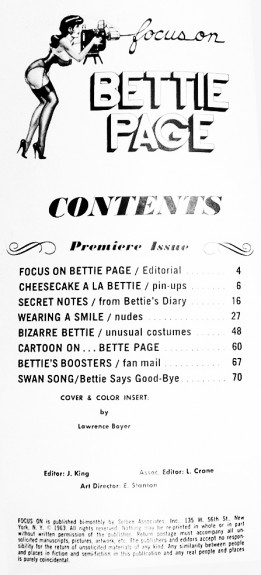 As an aside and now, due to the nolonger infancy of the internet I know that it’s the cover to a particularly scare 72 page magazine on Ms Page from 1963 (ah that year again, just as change began to gather pace).
As an aside and now, due to the nolonger infancy of the internet I know that it’s the cover to a particularly scare 72 page magazine on Ms Page from 1963 (ah that year again, just as change began to gather pace).Apparently printed in only 1500 copies, it seems to be one of the higher priced Bettie Page items out in the world. I expect you’d need to pay around £300-500 for a copy nowadays. Blimey indeed.
Due in part to that scarcity it seemed like a rare and precious thing but looking at it now, it seems to be a particularly iconic picture of a particularly iconic model – a distilling or honing down of the bad girl side of Bettie Page’s often wholesome cheesecake pinup image, though without moving into her more overly and overtly defined festishistic imagery.
Yes, it’s off its age but it hasn’t gained an almost harmless twee-ness that some pinup imagery from the time has.
In fact, looking at it again recently, this seems like a world away from the girl next door depiction of Bettie Page – this is a much more harsh, fierce beauty and sexuality that seems to reverberate and even have some kind of transgressive or subversive underground quality to it even all these years later.
It is curious how from all the models who were working at that time, Bettie Page and the imagery created with/by her seems to be something of an island of such things.
continue reading -
The Bank Job, shennanigans and stories that travel forwards and backwards in time…
 In a lot of ways The Bank Job from 2008 is something of a b-movie, a touch cheesy here and there and has that “the period recreation doesn’t quite always naturally gel/the costumes etc look, well, like costumes etc” thing that seems to plague a lot of British period based television and film and yet…
In a lot of ways The Bank Job from 2008 is something of a b-movie, a touch cheesy here and there and has that “the period recreation doesn’t quite always naturally gel/the costumes etc look, well, like costumes etc” thing that seems to plague a lot of British period based television and film and yet……I find it a thoroughly enjoyable number.
It’s an escapist period crime/heist romp (caper?) film but with a background of all kinds of hidden history and reference points.
 Early 1970s questionable black power leaders? Yep. A touch of 1970s grit that around these parts tends to tick a box or two. Check. Hidden powers that be “off the book” activities? Check. 1970s Scotland Yard/vice squad over cosiness in the gentleman’s leisure reading activity and film game in the old heart of town that was Soho? Check.
Early 1970s questionable black power leaders? Yep. A touch of 1970s grit that around these parts tends to tick a box or two. Check. Hidden powers that be “off the book” activities? Check. 1970s Scotland Yard/vice squad over cosiness in the gentleman’s leisure reading activity and film game in the old heart of town that was Soho? Check.Saffron Burroughs cheekbones? Check.

That iconic-period-crime/heist-romp-(caper?)-film-and-television suave chap on either side of the straight line car of choice the Jaguar Mark II alongside a fair few other classic “motors” (including a period police car that reminds me a little of the 1960s TV series Batmobile)? Check.To part borrow a phrase written about another set of tales set around the same (well, actually made around that time), it’s something of a guilty pleasure full of fags, blags, Jags and slags.
The film was penned by Dick Clement and Ian La Frenais, who also wrote the likes of Porridge and The Likely Lads… oh and Afterhours favourite Villain, which is (loosely) based on the life/lives of East End twins who gained more than a touch of notoriety and which is set (or rather was made/is set) in a similar early 1970s period of shennanigans and stories embedded in a society gone more overtly corrupt/to seed – which in a way links forwards and backwards to The Bank Job.
The film is based (loosely?) on true stories, which you can peruse more of here.
continue reading -
Saturday Night, Sunday Morning and a somewhat classy pictorial representation of Jack The Lad…
 And while we are talking about classic British 1960s kitchen sink drama and “A kind of drab (or should that be against a drab world/setting?), suited and booted, beehived and bouffanted glamour, charisma, style and working class rebellion” and “a certain kind of rough hewn, no mucking about masculinity” mixed in with that and more than a touch of solid, glowering male-ness, alongside a just pre-Swinging London kicking against it all (see here)…
And while we are talking about classic British 1960s kitchen sink drama and “A kind of drab (or should that be against a drab world/setting?), suited and booted, beehived and bouffanted glamour, charisma, style and working class rebellion” and “a certain kind of rough hewn, no mucking about masculinity” mixed in with that and more than a touch of solid, glowering male-ness, alongside a just pre-Swinging London kicking against it all (see here)……well, it wouldn’t be quite right to not mention Albert Finney In Saturday Night and Sunday Morning.
In the photograph above he tends to remind me of an early 1960s “angry young man” meets an iconic Wild Western frontier kind of chap.
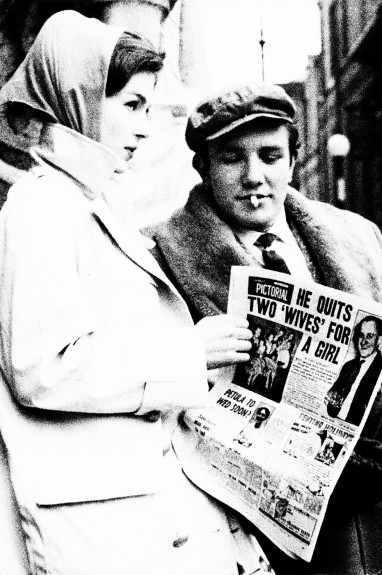 And maybe there’s something in that as this was a time when new frontiers were opening up (sometimes only relatively briefly) and one of those frontiers could be seen to be life outside the metropolis represented cinematically in British kitchen sink films.
And maybe there’s something in that as this was a time when new frontiers were opening up (sometimes only relatively briefly) and one of those frontiers could be seen to be life outside the metropolis represented cinematically in British kitchen sink films.If there was one of those new(ish) fangled online encyclopedia pages for the above paragraph, I expect they could just put a photograph of Mr Finney in the adaptation of Mr Sillitoe’s book with a note saying “See image above.”
Along which lines, I think I shall let the images speak for themselves.
 Well, almost, apart from to say has there ever been a finer book cover than the film tie-in to Saturday Night and Sunday Morning? I’m not sure I’ve seen one. It’s always cheers the day up when I see a copy in a charity shop (and I have to restrain myself from not buying it again just because, well, it’s always worth buying).
Well, almost, apart from to say has there ever been a finer book cover than the film tie-in to Saturday Night and Sunday Morning? I’m not sure I’ve seen one. It’s always cheers the day up when I see a copy in a charity shop (and I have to restrain myself from not buying it again just because, well, it’s always worth buying).Classic period pulp fiction-esque painting style that has wandered off to a particularly classy slice of British northern/midlands cinematically realised social realism and iconography.
Lovely stuff.
continue reading -
A Kind Of Loving, suited and booted, beehived & bouffanted glamour and prime time kitchen sink-isms
 A bit like somehow or other 1970s grit along the lines of Villain is in amongst Afterhours and my own work, somewhere along the line could be found some kind of inkling of classic kitchen sink drama, cinema etc. Think Saturday Night, Sunday Morning, A Taste Of Honey etc.
A bit like somehow or other 1970s grit along the lines of Villain is in amongst Afterhours and my own work, somewhere along the line could be found some kind of inkling of classic kitchen sink drama, cinema etc. Think Saturday Night, Sunday Morning, A Taste Of Honey etc.It’s possibly in the very Britishness. A kind of drab (or should that be against a drab world/setting?), suited and booted, beehived and bouffanted glamour, charisma, style and working class rebellion that could be traced forwards to the likes of the Medway scene in the 1980s (Billy Childish, The Milkshakes etc). A certain kind of kicking back against how things are just before they’re ready to fully start changing and having a little give – ie just pre-swinging London-ness, as I have something of a fondness for. Possibly a certain kind of rough hewn, no mucking about masculinity mixed in with that just mentioned suited and booted style.
 Along which lines, the early 1980s television adaptation of A Kind Of Loving…
Along which lines, the early 1980s television adaptation of A Kind Of Loving…There’s a point in Tom Jones autobiography where one of his early managers sees him perform for the first time and afterwards his wife says something along the lines of “I’ve never seen anything so male.”
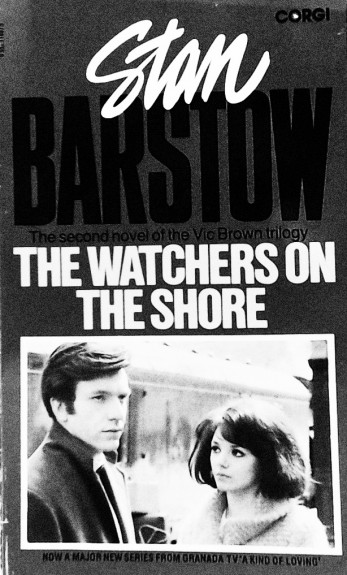 Clive Wood (seen to the left on the cover of one of the tv tie-in/follow up books) in this television version reminds me of that sense. There’s a very solid, almost glowering maleness to him.
Clive Wood (seen to the left on the cover of one of the tv tie-in/follow up books) in this television version reminds me of that sense. There’s a very solid, almost glowering maleness to him.And then wandering back to 1970s grit, mixing it in with 1960s kitchen sink drama (and because as I think I’ve said before, I have something of a fondness for how books, films etc are presented, postered, covered etc over the years)… the cover below is from around the mid-1960s, the style and cut of the clothes says that time but the setting and the cooling towers tends to make me think more of the early to mid-1970s, that sense of an industrial nation neglected, troubled, possibly gone to seed.
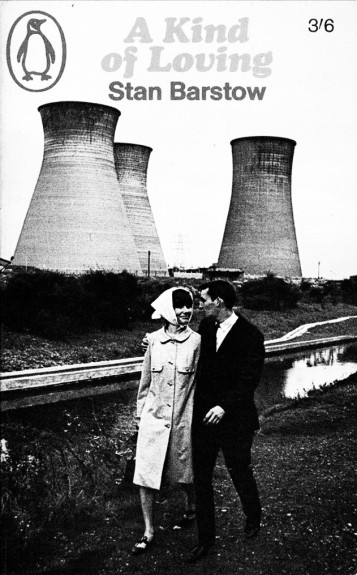 Oh and prime time kitchen sink? Well, the the A Kind Of Loving TV series was broadcast at a time when there were but three or so television channels in the UK and in that climate this particular slice of kitchen sink drama was only kept off the top viewing figures slot by the then most popular soap opera. 15 million folk turned on and tuned in, effectively heading towards a third of the population.
Oh and prime time kitchen sink? Well, the the A Kind Of Loving TV series was broadcast at a time when there were but three or so television channels in the UK and in that climate this particular slice of kitchen sink drama was only kept off the top viewing figures slot by the then most popular soap opera. 15 million folk turned on and tuned in, effectively heading towards a third of the population.
continue reading

